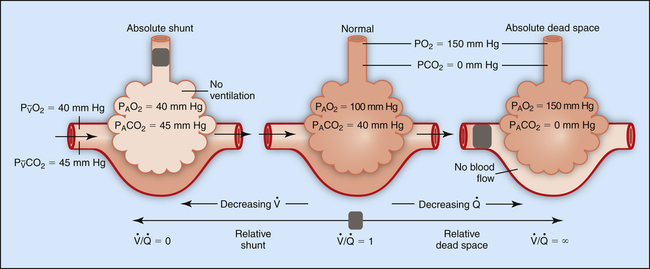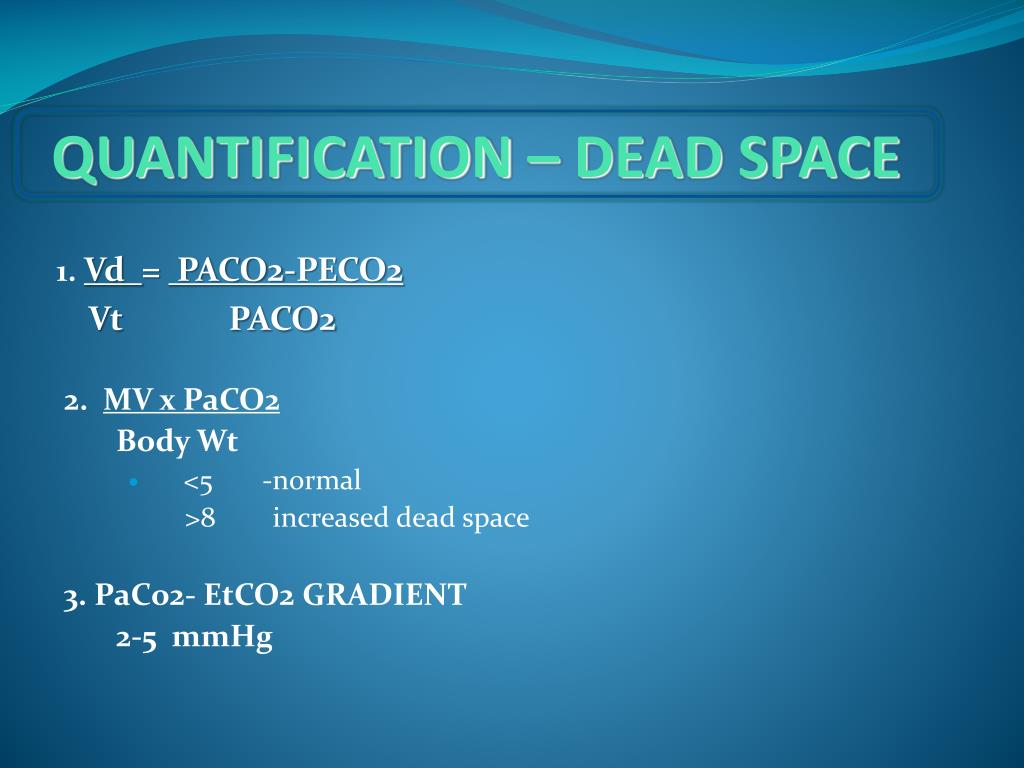
In this context, CPET may contribute either by affirming a specific diagnosis or, more commonly, by narrowing the differential diagnosis through the identification of features indicative of respiratory or circulatory dysfunction. Gray lines: upper and lower 95% confidence intervals.ĬPET has an important role for the diagnostic evaluation of subjects with exertional limitation or dyspnea. ROC curves of physiological VD/Vt for the diagnosis of pulmonary (left panel) or cardiovascular disease (right panel) disease in dyspneic subjects. At a threshold of 28%, the sensitivity and specificity of VD/Vt at peak exercise for identifying pulmonary or cardiovascular disease were 89% (95% CI: 64–98%) and 72% (95% CI: 46–89%), respectively.Ĭonclusions: Increased physiological VD/Vt at exercise is a sensitive and specific marker of mild pulmonary or cardiovascular disease in dyspneic subjects. Subjects with cardiovascular disease ( n = 14) had lower heart rate and cardiovascular double product and higher VD/Vt at peak exercise. Results: In comparison with subjects without disease, subjects with pulmonary disease ( n = 31) had higher VE/V′CO 2 slope, higher VD/Vt, and lower ventilatory reserve.


Objectives: We hypothesized that increased physiological dead space ventilation (VD/Vt) is a marker for mild pulmonary or cardiovascular disease in patients with exertional dyspnea.ĭesign: We used receiver operating characteristic analysis to determine the performance of individual CPET parameters for identifying subjects with either mild pulmonary or cardiovascular disease, among 77 subjects with mild-to-moderate exertional dyspnea (modified Medical Research Council scale 1–2). Background: The characteristics of cardiopulmonary exercise testing (CPET)-derived parameters for the differential diagnosis of exertional dyspnea are not well known.


 0 kommentar(er)
0 kommentar(er)
